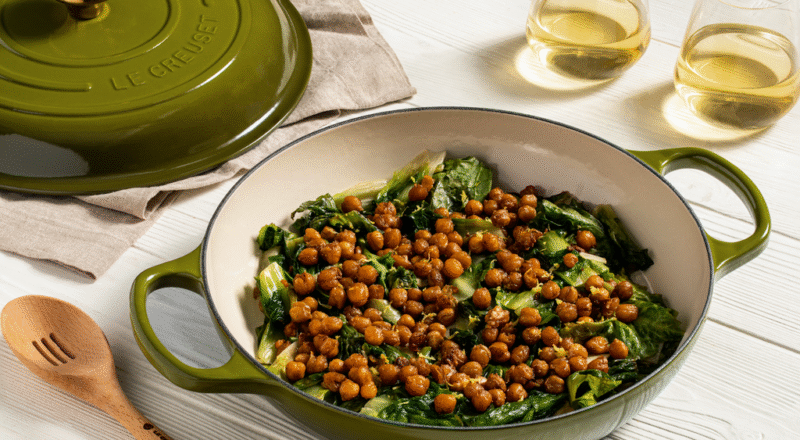Handling a hot cast iron braiser can be daunting, especially for those new to using this versatile kitchen tool. Learning how to handle hot cast iron braiser safely is essential to prevent accidents and ensure a smooth cooking experience. In this article, we’ll explore effective methods and safety tips for using your braiser with confidence.

Understanding the Basics of Cast Iron Braiser
The cast iron braiser is a versatile piece of cookware that combines the best of a skillet and a Dutch oven. Its perfect for browning, braising, roasting, and even baking. But handling it safely is crucial due to its weight and heat retention properties.
Why Choose a Cast Iron Braiser?
Before diving into the handling techniques, it’s important to understand why a cast iron braiser is a popular choice among kitchen professionals. Its ability to maintain and evenly distribute heat makes it ideal for a variety of cooking methods. Moreover, its durability ensures it lasts for generations.
Prepping Your Braiser: Safety First
Preparation is key to safely handling your braiser. Make sure you have the right tools at your disposal before you begin cooking.
Essential Tools for Safe Handling
Equip yourself with sturdy oven mitts or heat-resistant gloves. These are crucial for protecting your hands from the intense heat of a hot cast iron braiser. Additionally, consider using a trivet to protect your countertops from heat damage.
Cooking Safely with a Hot Cast Iron Braiser
Once you’ve prepped your kitchen, it’s time to start cooking. Here are some tips to ensure safety during the cooking process.
Using the Right Heat
Avoid using high heat when cooking with a cast iron braiser. Medium to low heat is usually sufficient, as cast iron retains heat well. This will also prevent your food from burning or sticking to the pan.
Handling the Lid Safely
The lid of a cast iron braiser can become extremely hot. Always use a pot holder or glove when removing it. Be cautious of steam, which can cause burns.
Post-Cooking Safety Measures
Once your meal is ready, there are a few more safety considerations to keep in mind.
Allowing the Braiser to Cool
Let your braiser cool down naturally on a trivet or heat-resistant surface. Avoid placing it directly in cold water, as this can cause thermal shock and potentially crack the cast iron.
Cleaning and Maintenance
For cleaning tips, its best to use a soft sponge and avoid harsh detergents. You can learn more about cleaning techniques by visiting our guide.
Additional Resources and Tips
For more information on using your cast iron braiser, check out this comprehensive guide on braiser features and recipes.

FAQs
Can a cast iron braiser be used for frying?
Yes, a cast iron braiser can be used for frying. Its ability to maintain even heat distribution makes it suitable for various cooking methods, including frying.
Does cooking with cast iron affect food flavor?
While some believe cast iron can enhance flavors, it generally does not alter the taste of food drastically. For more details, visit our article on food flavor changes.
What’s the difference between a braiser and a saut pan?
A braiser is deeper and often has a domed lid, which is ideal for slow cooking and braising. In contrast, a saut pan is shallower, with a flat lid, designed for quick, high-heat cooking. Learn more about braiser vs saut pan.
This article contains affiliate links. We may earn a commission at no extra cost to you.

